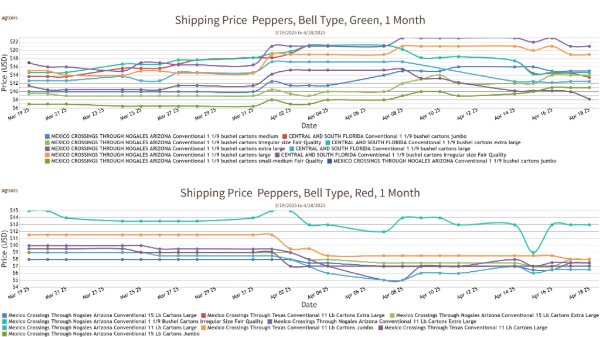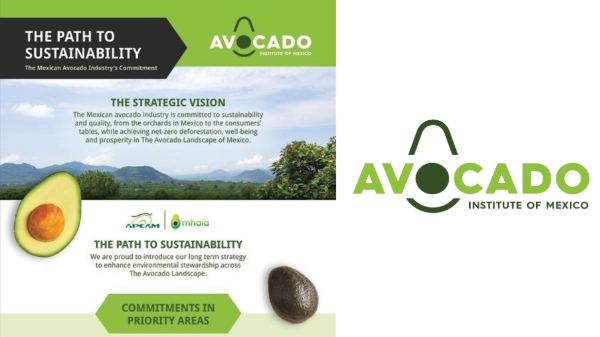Welcome to Blue Book!
Are you ready to join the thousands of companies who rely on Blue Book to drive smarter decisions? View our plans and get started today!
Still have questions? We’d love to show you what Blue Book can do for you. Drop us a line– we’ve been waiting for you.

As an increasing number of Hispanic buyers head to retailers to look for their favored ingredients, and mainstream consumers develop a taste for once-exotic flavors, it’s more important than ever to know the difference between a mango and a mangosteen.
A Truly Latin America
Numbers don’t lie, but they can mislead. While most Americans believe the largest number of immigrants to the United States come from Spanish-speaking countries, this is no longer true: recent data says the country of origin for the largest group of new U.S. residents is India, followed by China.
Still, with Mexico right next door and representing more than a quarter of the foreign-born individuals who now call the United States home—it’s no surprise that Hispanic culture and tastes have had a huge impact on the way today’s consumers buy, sell, and consume produce.
But it would also be a mistake to think that the increasingly Latin flavor of restaurants and supermarkets is entirely attributable to the United States’ neighbor to the south.
Immigration patterns continue to change over time, and tastes change with them; an increasingly large number of Spanish-speaking immigrants hail from Central America (El Salvador, Guatemala, Honduras), the Caribbean (Cuba, the Dominican Republic), and as far away as the Philippines.
Each of these regions, despite a shared language, has its own unique and vibrant culture and cuisine, and as more of these emigres settle in the United States, they seek to replicate the recipes they enjoyed at home.
And although many staples of Mexican cuisine—from jalapeño peppers to avocados—have become as big a part of mainstream American food as hot dogs and apple pie, there’s much more to Latin cuisine.
In this quiz, we’ll see how much you know about some of the favorite foods of the Latino populace, and tell you about an increasingly dynamic and growing segment of the American produce market.
Mangos were grown in India 5,000 years ago.
TRUE! The mango isn’t just one of the oldest fruits ever cultivated, it’s literally the most popular fruit on the planet, consumed worldwide three times as often as bananas and ten times as often as apples.
Mangos can only be grown in a frost-free environment such as their native India, but the warm, moist climate of Central America and the Caribbean has made them a popular crop where they are often sold on a stick by street vendors. Most mangos in the United States, however, come from Mexico, Guatemala, Ecuador, and Peru.
Don’t judge the ripeness of mangos by their color. While many believe green means under-ripe and red means ready to go, this isn’t necessarily the case, depending on variety. Instead of relying on color, measure whether or not your mango is ready to eat by feel. Squeeze the fruit gently and if there’s a slight give, it’s time to eat.








